Big cats, ranging from the mighty tigers to the swift cheetahs, have captivated the imagination and admiration of humans for centuries. Each species’ unique preferences for habitat play a critical role in their survival and behavior. Understanding why certain big cats prefer dense forests while others thrive in open grasslands reveals much about their adaptations and lifestyles. This exploration into their habitat choices not only showcases the remarkable diversity among big cats but also underscores the intricate connections between these majestic creatures and their environments.
The Evolutionary Tale of Big Cats
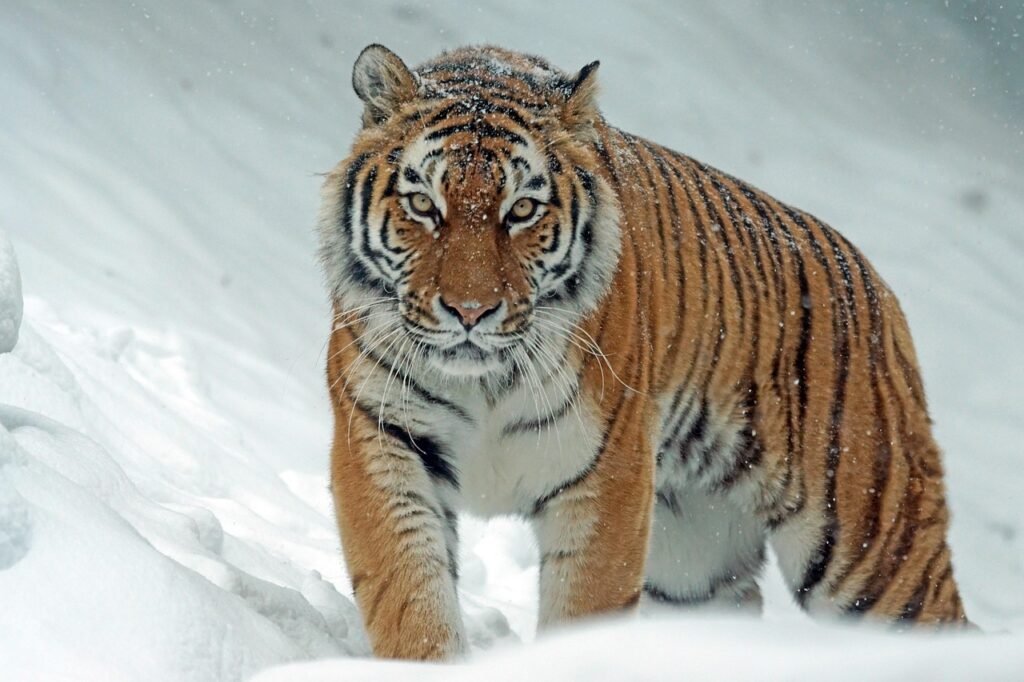
The diverse habitats favored by big cats are a result of millions of years of evolution. From the dense jungles of India to the vast savannas of Africa, these environments have shaped each species’ physical characteristics and hunting behaviors. Big cats have evolved distinct traits to adapt to these environments, leading to the diverse array of species we see today.
Physical Adaptations to Their Environments

Big cats exhibit a range of physical adaptations that help them thrive in their specific ecosystems. Tigers, with their striped coats, blend seamlessly into the shadowed undergrowth of dense forests, providing superb camouflage for stalking prey. In contrast, the spotted coats of cheetahs and leopards allow them to meld into the grasslands’ patchy, sun-drenched landscapes, making them both camouflaged and deadly hunters.
Diet and Prey: The Drivers of Habitat Preference
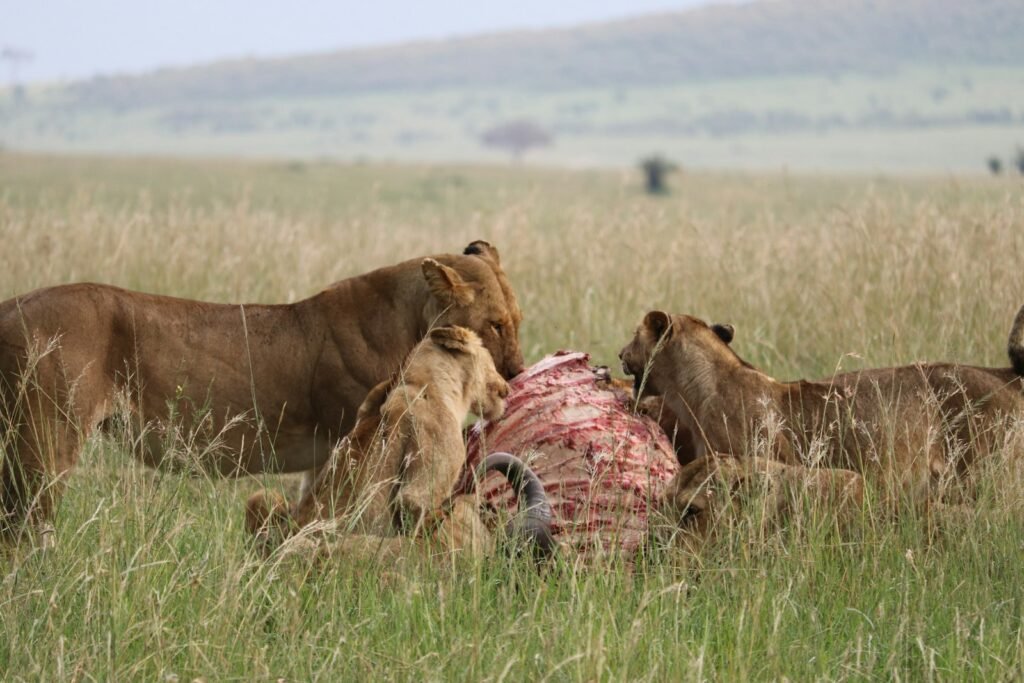
One of the primary factors influencing the habitat preference of big cats is their diet. Forest-dwelling big cats like tigers have evolved to hunt solitary and larger prey such as deer and wild boar, which are abundant in their wooded territories. Meanwhile, grassland species like lions and cheetahs hunt in larger groups or are built for speed, allowing them to take down fast-moving herbivores such as wildebeests and gazelles that inhabit open plains.
Behavioral Ecology and Social Structures
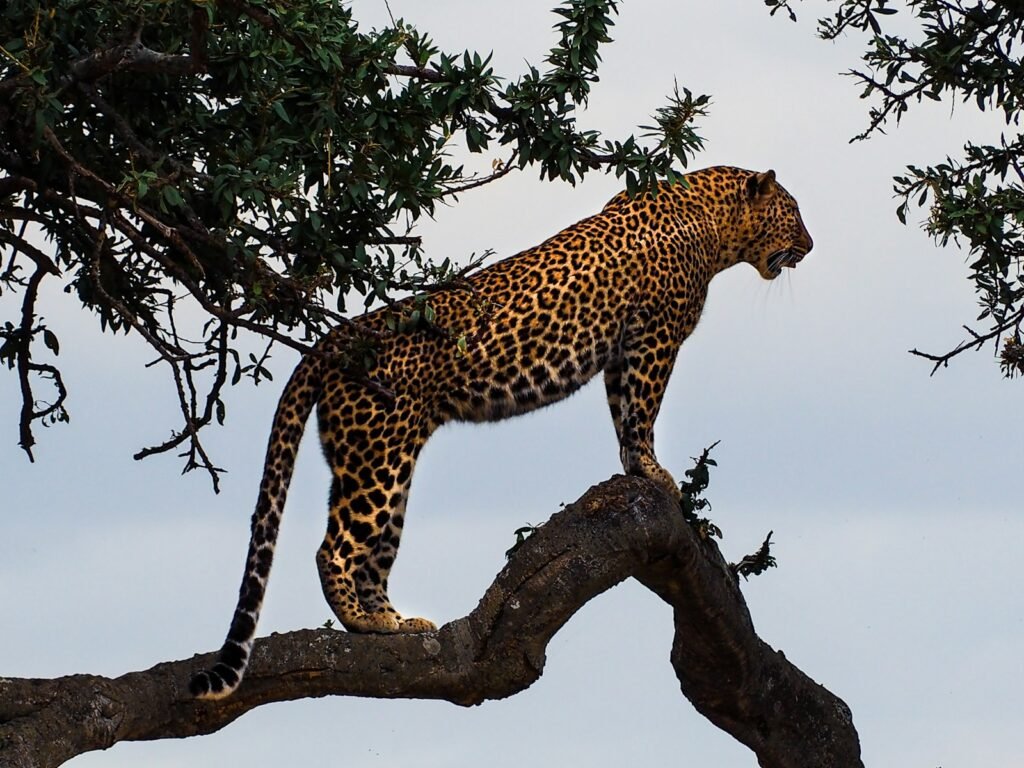
Behavioral adaptations are equally important in dictating habitat preferences. The solitary nature of jaguars and tigers means they thrive in more secluded forest environments where they have ample cover. On the other hand, lions form social prides, benefiting from the wide-open spaces of grasslands where collaboration in hunting becomes advantageous.
The Role of Climate and Geography
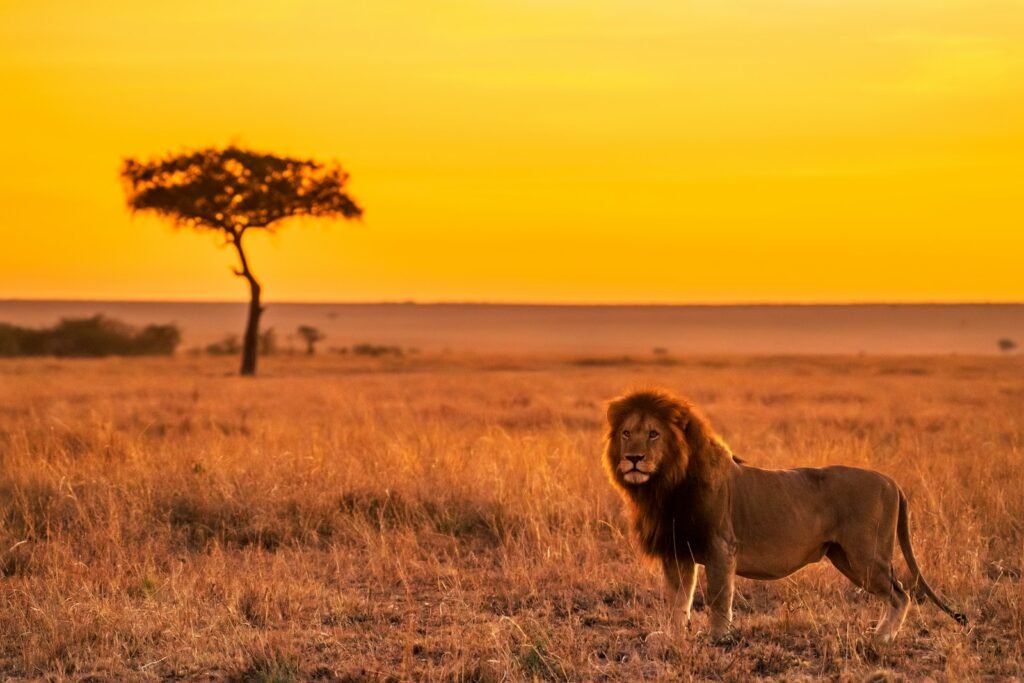
Climate and geographical factors further influence where big cats reside. Dense forest regions often boast cooler, more humid microclimates that some big cats prefer. Meanwhile, the hotter and dryer climates of the savannas demand a different set of adaptations, pushing species like lions to favor these environments where their lighter fur and group strategies are more effective.
Paws Built for the Terrain
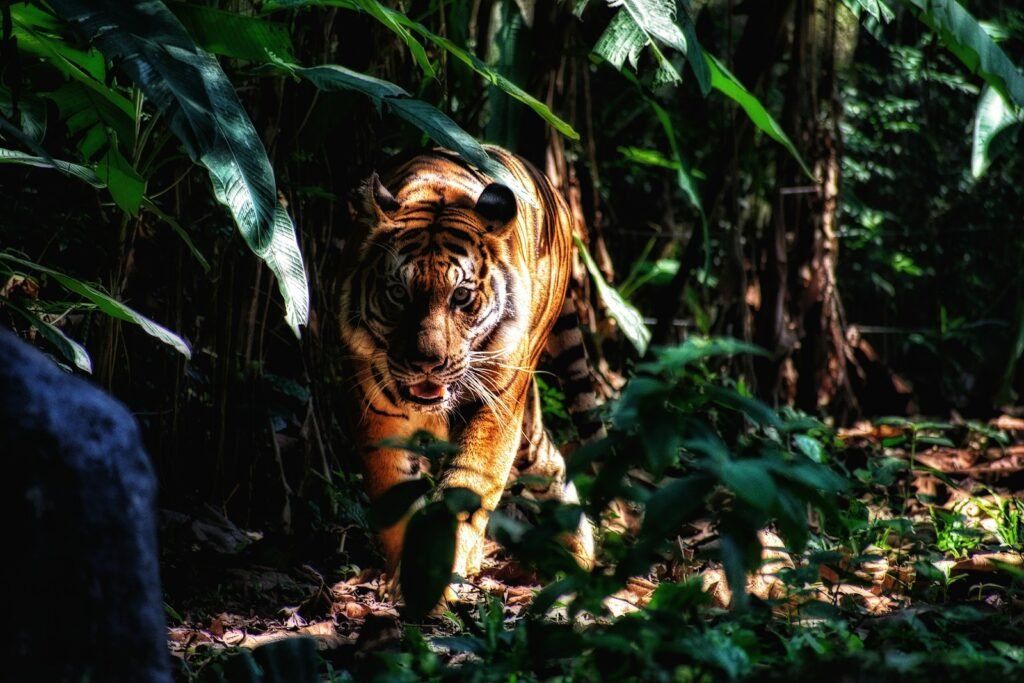
The structure of a big cat’s paws and limbs can often reveal their preferred habitat. Tigers and leopards sport padded, large paws ideal for silent movement through secretive forests, whereas the slender, aerodynamic build of a cheetah is perfectly designed for the high-speed chases across open grasslands.
Impact of Human Encroachment on Habitat Choice
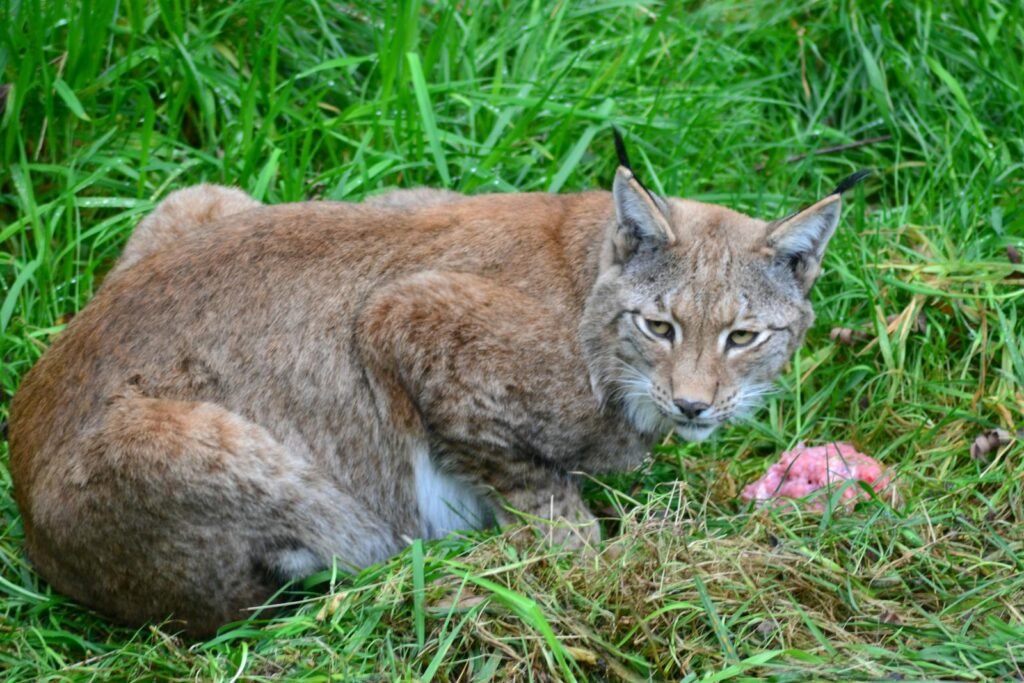
Human activities have increasingly limited natural habitats for big cats, influencing their residence and survival. Deforestation and grassland conversion to agriculture or urban areas force big cats to adapt, sometimes leading them into unfavorable habitats. This pressure often results in conflicts with humans and threatens the very survival of these magnificent species.
Conservation Efforts and the Need for Habitat Preservation

Conservation efforts are essential to preserving not only the remaining habitats of big cats but also the intricate balance of their intricate ecosystems. Initiatives focusing on habitat restoration and the establishment of wildlife corridors help ensure that big cats can continue to roam their natural terrains, performing their roles as apex predators.
The Role of Genetics in Habitat Selection
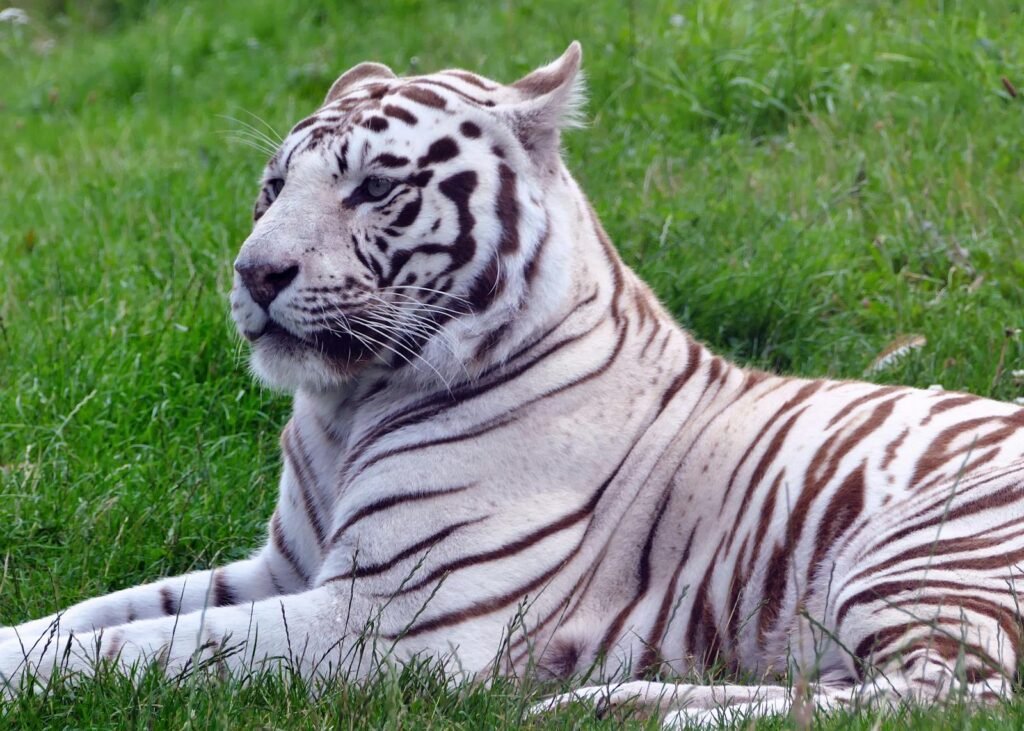
Research in genetics provides insights into how certain big cats are predisposed to specific habitats. Studies on the genetic makeup of these cats reveal a complex web of historical movements and environmental adaptations that have molded their current habitat preferences.
Case Studies: Big Cats in Changing Landscapes
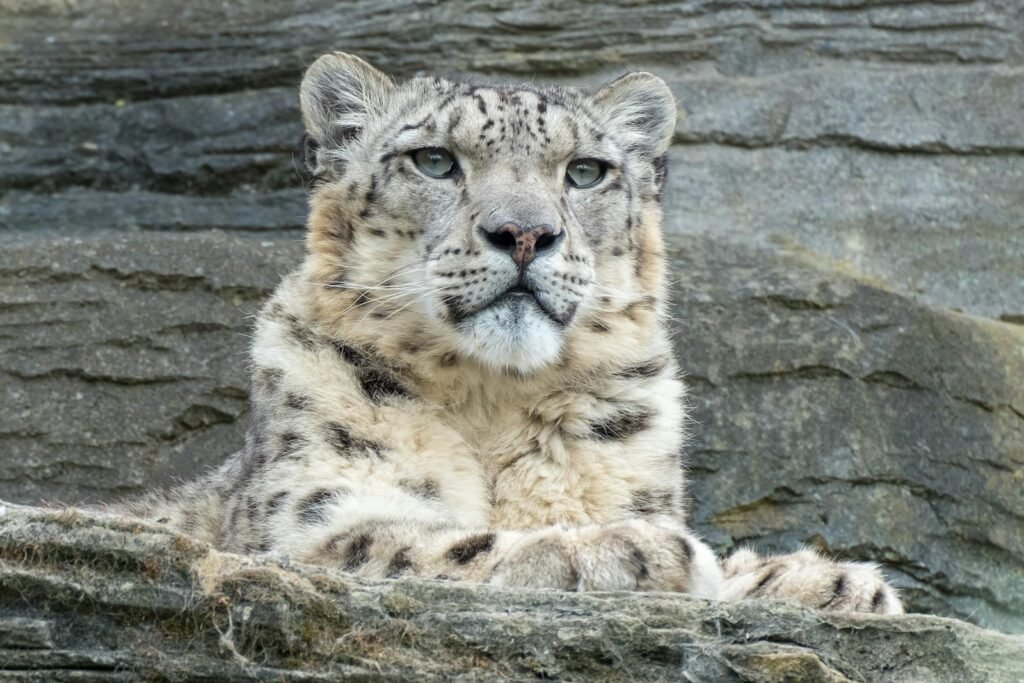
Examining case studies of big cats in changing environments, such as the snow leopards in the Himalayas or the Asiatic lions in India’s Gir Forest, illustrates the resilience and adaptability of these animals. Understanding their strategies for survival provides valuable lessons in conservation and biodiversity.
Conclusion: The Majesty and Vulnerability of Big Cats
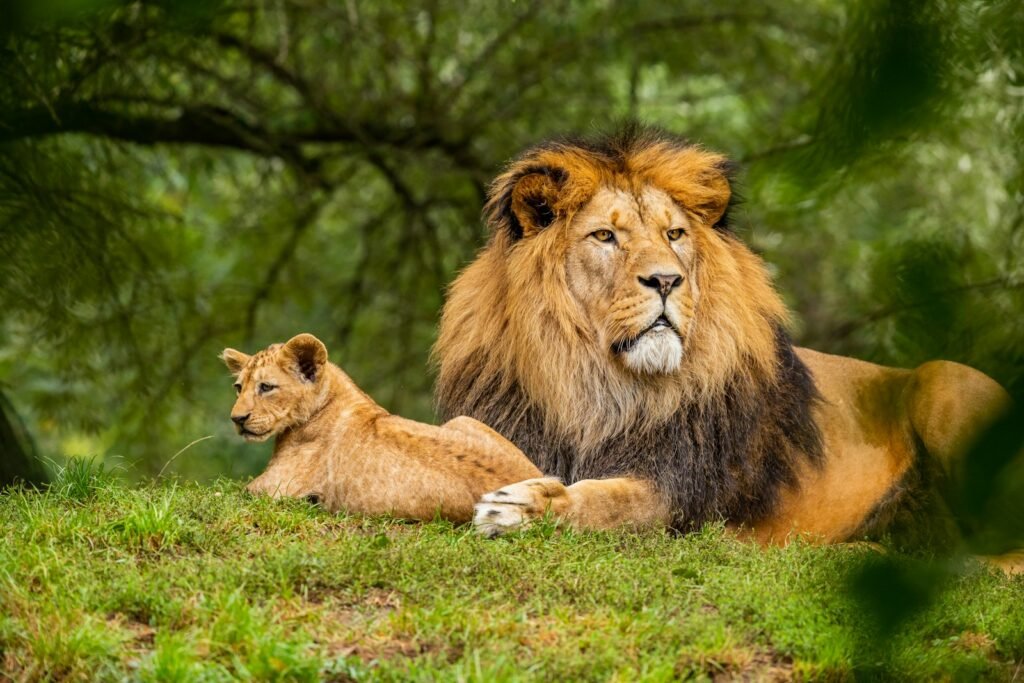
In conclusion, the preference of certain big cats for dense forests or grasslands is intricately linked to their evolutionary history, physical and behavioral adaptations, and ecological roles. As human pressures on their habitats increase, understanding these connections becomes crucial for effective conservation efforts. By preserving the environments that support diverse big cat populations, we not only ensure the survival of these incredible animals but also maintain the delicate balance of nature upon which we all depend.
Hi, I’m Bola, a passionate writer and creative strategist with a knack for crafting compelling content that educates, inspires, and connects. Over the years, I’ve honed my skills across various writing fields, including content creation, copywriting, online course development, and video scriptwriting.
When I’m not at my desk, you’ll find me exploring new ideas, reading books, or brainstorming creative ways to solve challenges. I believe that words have the power to transform, and I’m here to help you leverage that power for success.
Thanks for stopping by, Keep coming to this website to checkout new articles form me. You’d always love it!





